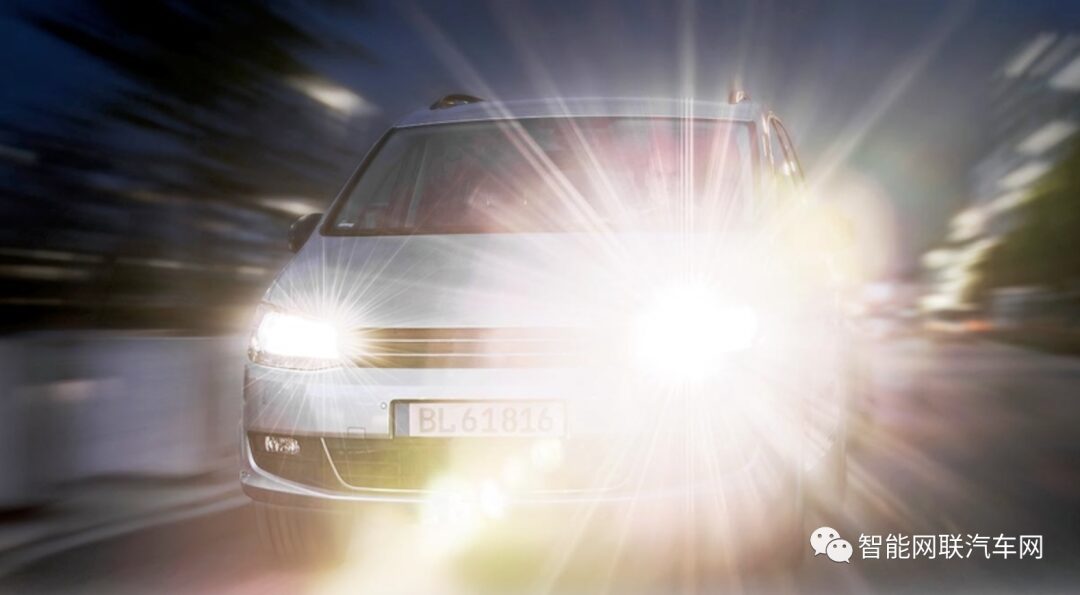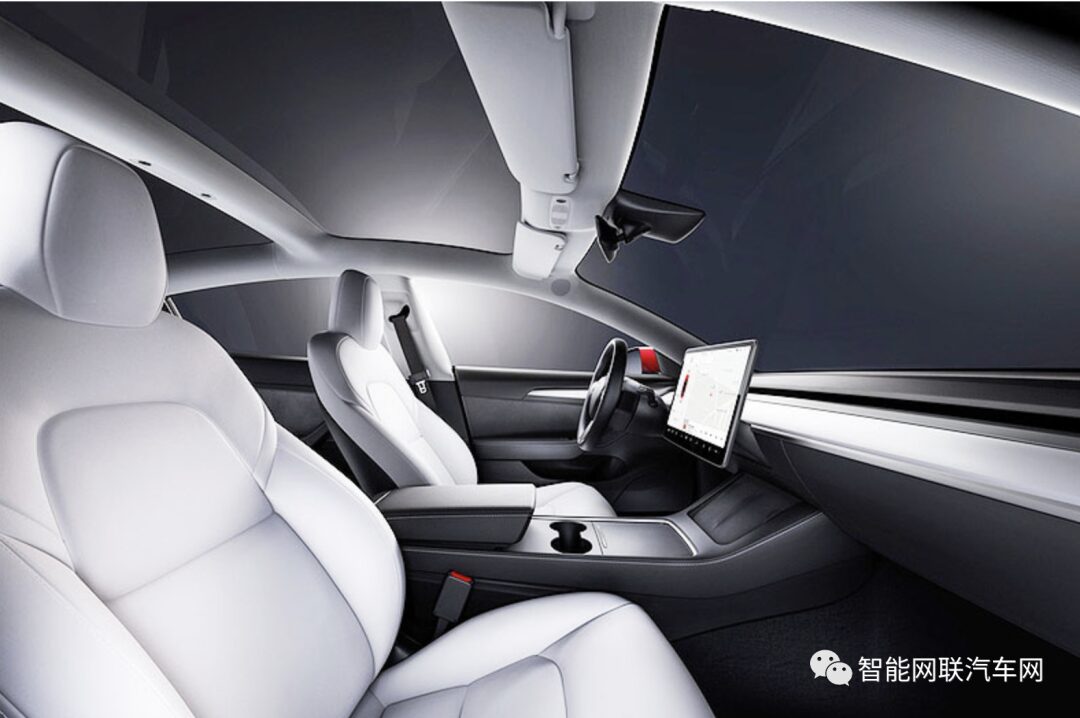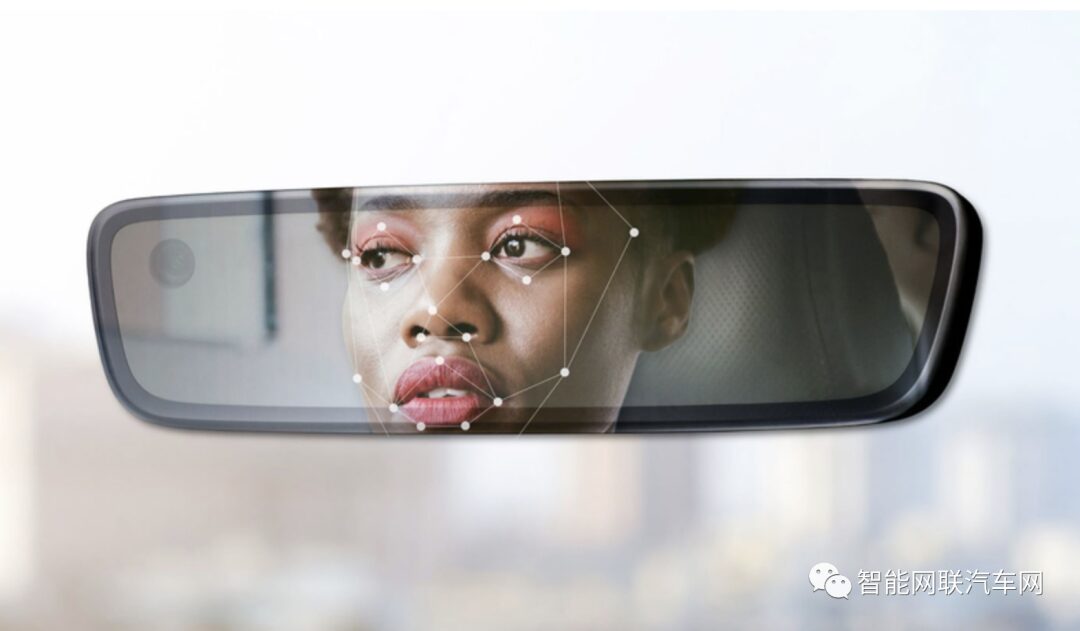In recent years, automotive manufacturers and their suppliers have made substantial investments in emerging technologies, aiming to transform the way cars are manufactured and how people travel. According to data from IFI Claims Patent Services, a provider of U.S. patent databases, autonomous vehicle technology has become one of the fastest-growing technology categories, with patent applications surpassing those in quantum computing, machine learning, and digital data processing. Additionally, since 2010, investments in emerging automotive technologies such as vehicle connectivity, electrification of powertrains, and shared mobility have exceeded $530 billion. Alongside traditional automakers, parts suppliers and some emerging tech companies are also driving this transformation.
01. Green Laser Welding Technology
Vitesco Technologies is using green lasers to mass-produce battery management electronics for BMW. Compared to traditional infrared lasers, green lasers help reduce energy consumption. Typically, the copper welding process uses infrared lasers, which are difficult to control and require a lot of energy. In contrast, green lasers have a shorter wavelength than infrared lasers, which can reduce energy consumption by up to 20%, making the copper welding process more controllable and efficient.

02. External Microphone
For a long time, in-car voice assistance and other functionalities have relied on the application of microphones. However, Harman recently launched a microphone that can be installed on the exterior of the car. This allows the vehicle’s safety systems and autonomous driving features to detect external alarm sounds and verbal commands issued by the driver outside the vehicle. Harman states that this external microphone is fully sealed, able to withstand various environmental influences, and can be perfectly integrated into the vehicle’s design.

03. Use of Recyclable Materials in Vehicles
BMW’s i Vision Circular may not be one of the most eye-catching concept cars from automakers in the past two years, but it has a significant impact on the industry’s development in sustainable technology. This small vehicle—envisioned around 2040—is made entirely from recycled materials and bio-based raw materials. The body is made of recycled aluminum, without the use of paint or chrome. The tires are made from sustainable natural rubber. The bonding of materials in the entire car is achieved through new connection technologies that allow for efficient disassembly at a later stage. BMW has been urging its supply chain to increase the level of recycled and reused materials, which currently accounts for 30% of the content.

04. Light Strips Communicating with the Outside World
A promising new technology proposed by Sony Honda Mobility’s Afeela electric vehicle is external media. A digital screen located between the headlights can change colors and send messages to the outside world, similar to a digital phone. The light strip can display weather reports and even transmit images. This idea may sound gimmicky, but in the upcoming era of autonomous vehicles, such visual cues are crucial for communication with other cars and pedestrians. As Level 3 autonomy becomes a reality, automakers from Nissan to Mercedes-Benz are exploring this concept.

05. Automatically Darkening Windshield
Sun visors can help block sunlight at times. But General Motors has a more comprehensive technology to control glare day and night: an automatically dimming windshield. General Motors has submitted a patent application for automatic dimming, which will prevent drivers from being blinded by the bright lights of oncoming vehicles at night. The system will detect the brightness of oncoming headlights, and if it exceeds a certain threshold, a portion of the windshield will automatically darken. This technology can reduce driver distraction and make the road ahead clearer. Patent innovations do not necessarily lead to gradual mass production. However, GM’s evolving ideas about glass functionality indicate that automakers are rethinking the design of their most fundamental components.

06. Vegan Leather
The rise of global vegetarianism and vegan food sales has raised a question in automotive technology: why would vegetarians choose to sit on leather car seats? Leather seats help define a luxury interior. However, product developers are now striving to sell what they call “vegan leather” with similar characteristics. This name has angered leather suppliers in the industry because pure vegan leather is not leather at all. Japan’s Ultrafabrics Holdings Co. has been supplying vegan interior materials to Tesla. Los Angeles material supplier von Holzhausen produces a non-leather material from treated bamboo, which is as soft as lambskin, used for handbags, shoes, and furniture. Now, it is preparing to apply this as vegan seat covers for vehicles.

07. Monitoring Body Language and Eye Movements
Parts suppliers are launching new driver monitoring systems designed to track the driver’s head position, eyes, and body to better determine if they are distracted or drowsy. Canadian supplier giant Magna International has developed a camera-based driver monitoring system that is integrated into the vehicle’s rearview mirror. The system also uses infrared sensors to watch for signs of distracted driving and can send audio or video alerts to the driver to refocus on the road. The advanced new system will observe fatigued facial expressions and drooping eyelids. As autonomous driving capabilities increase, systems like this may become more common and complex.

08. Cardboard Roof
Citroën has proposed a new roof technology: cardboard. According to Stellantis, the idea is that the roof typically accounts for a large portion of vehicle weight. Last year, Citroën launched its Oli concept, whose roof is made from recycled corrugated cardboard, said to be strong enough to support the weight of one or two adults. Citroën collaborated with supplier BASF to create a cardboard honeycomb structure between glass fiber reinforced boards, coated with polyurethane resin, all of which weigh half that of a steel roof.

09. Hydrogen Fuel Engine
Toyota deployed hydrogen combustion engines for racing in 2021, opening new horizons. Since then, it has improved the clean combustion power system and positioned it as an alternative to battery electric vehicles in pursuit of carbon neutrality. The powertrain is an internal combustion engine, but they burn hydrogen instead of gasoline. The potential benefits are that they can utilize internal combustion engine components while promising better performance under extreme temperatures and heavy loads. However, obstacles remain, particularly the lack of fuel infrastructure. Toyota has not set a timeline for commercializing this concept. However, suppliers are already lining up to help achieve this goal.

10. Roof Airbags
As vehicle designers rethink how to layout interiors and look for ways to make vehicles safer, a new airbag technology has taken a seat, installed on the vehicle’s roof. Since 2014, ZF Group has been supplying “roof bag” products. Reports suggest that Ford has submitted a U.S. patent application for a new roof-mounted airbag design. But thinking is evolving. The airbag unfolds from the vehicle’s ceiling between the occupant and the dashboard. This could make dashboard airbags redundant and free up dashboard space for new types of displays or functionalities, providing greater design flexibility in the vehicle. It also allows for greater flexibility in passenger seating.

11. Megacasting in Vehicle Components
Megacasting began at Tesla’s factory with a strange new metal casting technology that is set to become a hot trend in the industry. Megacasting uses a larger factory press than normal to create massive individual car parts, and it is now spreading to Volvo, and may soon appear in Mercedes-Benz and NIO. This new method allows vehicle assemblers to produce a single large aluminum piece, such as the entire rear structure of the vehicle. In the past, dozens or even over 100 castings were needed—all of which required welding together. Volvo estimates that this new technology could save 75% of the time compared to the traditional assembly of large aluminum body components.

12. Rotating Seats
A standout feature of the new Kia EV9 three-row electric crossover is its rotating second-row seats. They face backward to create a face-to-face lounge setup with those in the third row. They also side-face the door, making it easier for passengers to enter and exit. The technological advancement lies in how the seats are embedded in the vehicle, using flexible bases instead of fixed runners for traditional front-to-back adjustments. Rotating seats have been referred to as specialized equipment in vehicles for disabled drivers. But Kia’s application offers new maneuverability freedom for everyone. The EV9 is not the first to offer them—its Hyundai sibling, the Staria van, also has rotating seats.

13. Battery Disconnect Switch
A powerful current flows from the vehicle’s battery pack to the electric motor, which also powers onboard systems. However, if the vehicle fails in a collision, it could pose a fatal risk to emergency personnel or occupants. That is why electric vehicles need a battery disconnect switch, allowing the current to be shut off immediately, and the vehicle is no longer powered. Stopping the current is crucial for protecting rescue personnel and other electrical systems in the car. One technology called Pyrotechnic Battery Disconnect is produced by Detroit supplier Joyson Safety Systems. This component is a small cylindrical part that, when activated, penetrates the busbar that conducts power from the electric vehicle’s battery pack to break its current. In a fraction of a second, this small device can stop up to 800 volts of current at 2000 to 16000 amperes. This is sufficient to cover future electric vehicles and large commercial vehicle applications.

14. System on Chip
As the importance of software and electronics in vehicles rises exponentially, chip manufacturers and suppliers are investing in a new category of emerging semiconductors called “system on chip.” Systems on chip allow multiple vehicle functions to run on a single chip instead of splitting these functions into different electronic control units. The potential of this technology will reduce the number of electronic controllers that vehicles must carry, meaning lower manufacturing costs and complexity. Semiconductor manufacturers and tech companies, including Qualcomm, Nvidia, and Intel, are among those actively investing in systems on chip. Traditional automotive companies like Germany’s Continental AG are also getting involved. Earlier this year, Continental reached an agreement with systems on chip developer Ambarella to develop new systems for autonomous driving technology.

15. Lithium Iron Phosphate Battery
Chinese automakers have pioneered a new lithium iron phosphate chemistry that could reduce costs for short-range electric vehicles. Initially, global competitors paid little attention, sticking to the industry’s tried-and-true lithium-ion battery standard. But the broader industry can no longer ignore the cost and safety benefits of the new chemistry. Because these LFP batteries use iron as a primary ingredient, they are much cheaper than lithium-ion batteries, which require expensive materials like nickel, cobalt, and manganese. LFP also operates at lower temperatures, reducing safety concerns. Electric vehicle giant Tesla is a pioneer user. Ford is now a believer, stating that this year it expects to become the first automaker in the U.S. to use both lithium-ion and lithium iron phosphate batteries simultaneously. Toyota has also begun to dabble in LFP, deploying it in its first dedicated electric vehicle for China.

16. All-Wheel Motor Drive
When it comes to fully electric driving, the new mantra is that four wheels are better than two. All-wheel drive is a high-end must-have for the expanding electric vehicle market. Nissan’s e-4ORCE setup is offered on the battery-electric Ariya crossover, showcasing the benefits of the new technology. The dual-motor system—one in the front and the other in the back—manages power to all four wheels, providing high torque, precise handling, and stability. Electronic motor control offers faster response and adjustment compared to internal combustion vehicles. The list of nameplates adopting all-wheel electric drive is increasing. Any high-end competitor that does not offer it may soon find itself losing traction in the electric vehicle market.

17. Silicon Anodes
Chicago-based battery materials startup NanoGraf Corp. is betting heavily on silicon anodes to significantly improve lithium-ion battery density for everything from electric vehicles to consumer electronics. The company launched a new 18650 battery last year, claiming it to be “the world’s highest energy lithium-ion battery.” It is 20% more efficient than industry-leading batteries. Thus far, silicon anodes have not been widely adopted because they expand and can potentially damage the battery. But emerging technologies are now gaining attention. In February, NanoGraf announced it raised $65 million in oversubscribed Series B funding. The U.S. Department of Defense and Department of Energy have provided funding to help kickstart innovative production.

18. Solid-State LiDAR
Despite their promise, LiDAR systems face much criticism in the automotive industry, with skeptics questioning the high costs and complexity of this powerful remote sensing technology compared to cameras and radar. But a new game changer is the development of solid-state LiDAR systems that can be profitably produced at scale, eliminating the rotating mirrors and motors of traditional LiDAR. Companies like MicroVision and Ouster completed a merger with Velodyne in February, which is developing relatively simple, fixed, and self-sufficient solid-state LiDAR units that can be more easily maintained, replaced, and installed. Proponents believe that solid-state designs will ultimately allow for wider adoption of LiDAR.

19. Heated Seatbelts
Heated belts are a new technology developed by German parts supplier ZF Group, designed to warm the driver’s body on cold mornings. But its greater promise is to provide more durable batteries for electric vehicles. The seatbelt works on conductors woven into the fabric, which can heat up to 104 degrees in minutes. Besides keeping the driver warm, ZF states that heated belts can increase battery range by allowing passengers to warm up in their own areas instead of turning on the vehicle’s heating system for the entire cabin—a practice that drains battery range. There are no updates yet on the potential of air-conditioned seatbelts.

20. Steering Wheel with Integrated High-Tech Switches
Drivers have become accustomed to touch screens replacing knobs at the top of the center stack, but steering wheels still have bulky buttons and rollers. To move away from this, automotive designers are seeking to integrate high-tech switches into the steering wheel that perform like an iPhone and offer more functionalities, prompting suppliers to rethink the steering wheel. For example, Joyson Safety Systems is proposing a single-piece, gapless steering wheel cover that would allow automakers to add touch-based multifunction controls while eliminating the clutter of buttons, levers, and other toggles in front of the driver. Suppliers say that by integrating control devices into the steering wheel during manufacturing, future versions could be flatter.
 21. Alcohol Testing Device
21. Alcohol Testing Device
In the next three to four years, all cars and trucks sold in the U.S. must include a passive safety feature that determines whether a driver is intoxicated and then prevents them from driving. This mandate is contained in the Infrastructure Investment and Jobs Act signed at the end of 2021, compelling automakers and suppliers to develop technologies that meet the regulations. Global sensor, chemicals, and medical device manufacturer Asahi Kasei is developing embedded cockpit sensors that will separate alcohol molecules from natural carbon dioxide in the driver’s breath. However, there are still some issues to resolve for all interested suppliers. R&D costs represent new indirect costs for suppliers. Consumers may face frustrating new insurance issues. False breath readings could become a legitimate legal minefield.

